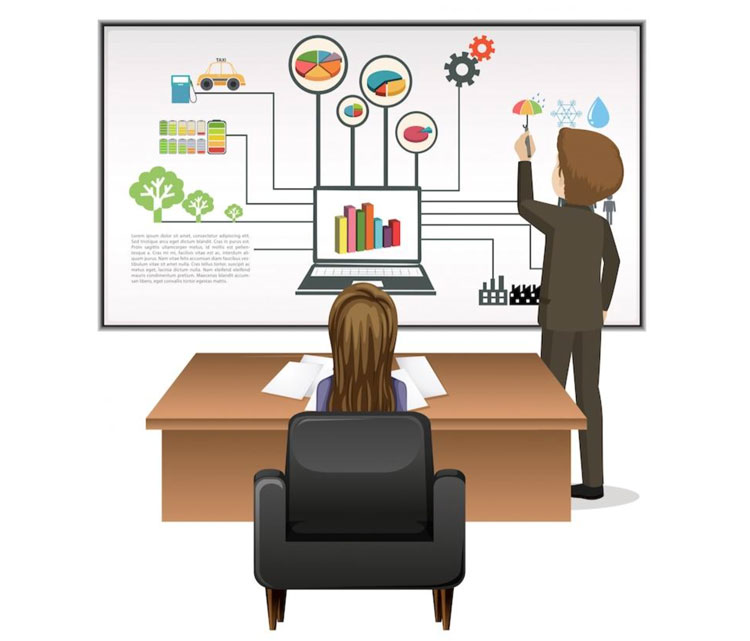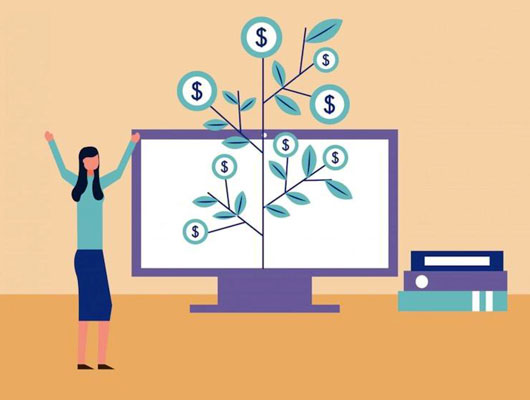Quick loans like cash advances promise fast cash for emergencies, but they come with steep costs that hurt your finances. High fees and interest rates can trap you in debt, making it challenging to pay bills. Albert’s cash advance app helps manage money better, avoiding the need for costly payday loans.
This article examines the hidden fees, sky-high interest, and risks of rapid loans, offering smarter ways to handle financial shortfalls and maintain control over your cash flow for a stronger financial future.
Why Cash Advances Cost More Than You Think
Cash advances, including payday loans and credit card cash advances, seem like an easy fix for unexpected expenses like medical bills. However, their high interest rates and fees add up fast. A 2023 Pew Charitable Trusts study found that payday loans carry an average annual percentage rate (APR) of 391%, turning a $300 loan into $459 in just two weeks. Borrowers often face flat fees of $15 per $100 borrowed, which hits bank accounts hard.
These short-term loans also lack a grace period, meaning interest accrual starts immediately.
Unlike personal loans from credit unions with lower rates, cash advances from storefront lenders or online lenders prioritize speed over affordability, leading to financial stress.
The Debt Spiral Risk
High-interest loans often lead to a cycle of debt. A 2024 Consumer Financial Protection Bureau report showed that 80% of payday loan borrowers take another loan within a month, piling on more fees and interest, making repayment terms more challenging.
Sky-High Interest Rates Explained
Payday lenders and credit card companies charge interest rates far above traditional loans. A 2023 Associated Press analysis noted that cash advance loans can have APRs exceeding 600% in some states. For example, borrowing a few hundred dollars for a car repair could cost $100 in interest within weeks, compared to 6-8% APRs on secured loans.
High interest rates hit those with bad credit hardest, as no credit check loans target vulnerable borrowers. Albert’s budget tracker app helps track spending to avoid these costly options, promoting better cash flow management.
Hidden Fees That Add Up
Beyond interest, cash advances come with sneaky fees. A 2022 Bankrate survey found 70% of borrowers paid initial fees averaging $10-$30 per loan, plus late fees if the due date is missed. Credit card cash advances often include a 5% transaction fee, adding $25 to a $500 advance, per the Federal Reserve.
These high fees drain funds needed for monthly payments or savings, making fast funding less appealing. Tools like bill monitoring reduce reliance on high-cost loans by catching overspending early.
Impact on Your Bank Account
Cash advances directly hit your bank account, reducing cash available for essentials. A 2024 Experian study showed 40% of borrowers struggled with monthly payments after taking quick loans, as high interest and fees ate into their income. For example, a $500 cash advance could cost $100 in fees and interest, leaving less for rent or groceries.
Unlike installment loans with smaller payments, cash advances demand full repayment quickly, risking overdraft fees if funds are low. Budgeting apps help maintain control over finances, avoiding these traps.
The Trap of Convenience Checks
Credit card issuers often send convenience checks, marketed as easy cash. However, a 2023 NerdWallet report noted these carry the same high fees and interest as credit card cash advances, often 3-5% per transaction plus 25% APR. Using one for an unexpected expense like a medical bill can cost hundreds in total interest.
Borrowers may see these as the only option, but they disrupt cash flow. Smarter planning with Albert’s app helps avoid such costly shortcuts.
Alternatives to High-Cost Loans
Credit unions offer personal loans with lower interest rates, averaging 10% APR, per a 2024 NCUA report. Community resources like food banks can also ease financial shortfalls, reducing the need to borrow money at high costs.
How Cash Advances Hurt Long-Term Goals
Relying on fast cash derails financial planning. A 2022 Pew Charitable Trusts study found 50% of payday loan borrowers cut savings to repay loans, hurting emergency cash. High-interest loans also increase total debt, making it harder to afford bigger goals like home buying.
Budget trackers help borrowers focus on spending habits, reducing the need for small-dollar loans and supporting long-term stability with lower rates from better options.

Common Mistakes with Cash Advances
Here are key pitfalls to avoid with cash advances:
- Ignoring Loan Agreements: Missing repayment terms leads to extra fees, costing $35 per late payment (Bankrate, 2023).
- Overborrowing: Taking more than needed, like $500 for a $200 bill, adds unnecessary interest.
- Relying on Fast Funding: Repeated loans increase debt, with 80% of borrowers reborrowing (CFPB, 2024).
A 2023 NerdWallet study found 45% of borrowers made these errors, costing $400 annually.
Cash Advances vs. Smarter Options
| Aspect | Cash Advances | Smarter Options (e.g., Personal Loans) |
| Interest Rates | 391% APR (Pew, 2023) | 6-10% APR (NCUA, 2024) |
| Fees | $15/$100 flat fee (Pew) | No or low origination fees |
| Repayment Terms | 2-4 weeks, full payment (CFPB) | Monthly payments over the years |
| Impact on Savings | 50% cut savings (Pew, 2022) | Preserves emergency funds |
| Accessibility | No credit check, fast (Bankrate) | Credit check, slower approval |
This table shows how cash advances burden borrowers compared to affordable alternatives.
A Better Way to Manage Money
Albert’s budget tracker app helps avoid high-interest loans by tracking spending and flagging overspending. With financial insights and bill monitoring, it supports smarter choices, like saving for emergencies or choosing lower-cost personal loans, keeping your finances on track.
In conclusion, instant cash advances carry hidden fees and high interest rates that trap borrowers in debt. These quick fixes hurt savings and cash flow, from payday loans to convenience checks. Albert’s budget tracker app offers a smarter way to manage money and avoid costly loans.
FAQs
1. What fees come with cash advances?
Cash advances include flat fees of $10-$30 per $100 borrowed and 3-5% transaction fees for credit card advances. A 2022 Bankrate survey found 70% of borrowers faced these costs, averaging $50 per loan, draining bank accounts.
2. Why are payday loan interest rates so high?
Payday loans target bad credit borrowers with no credit check, leading to 391% or more APRs, per a 2023 Pew study. Unlike lower-rate personal loans, a $300 loan costs $159 in interest in weeks.








